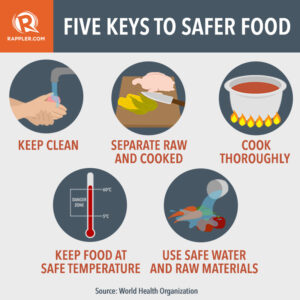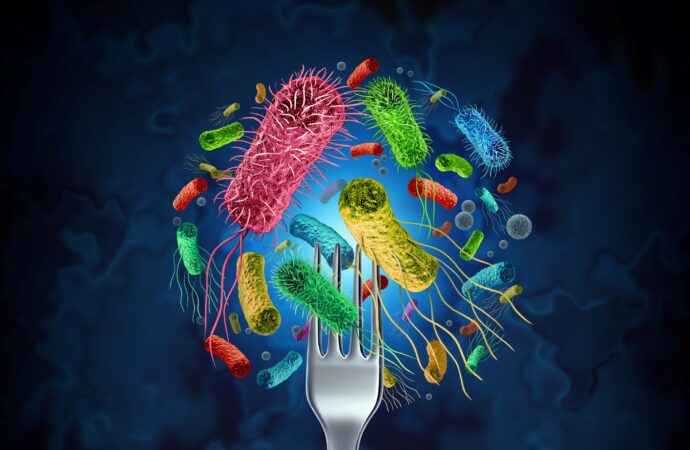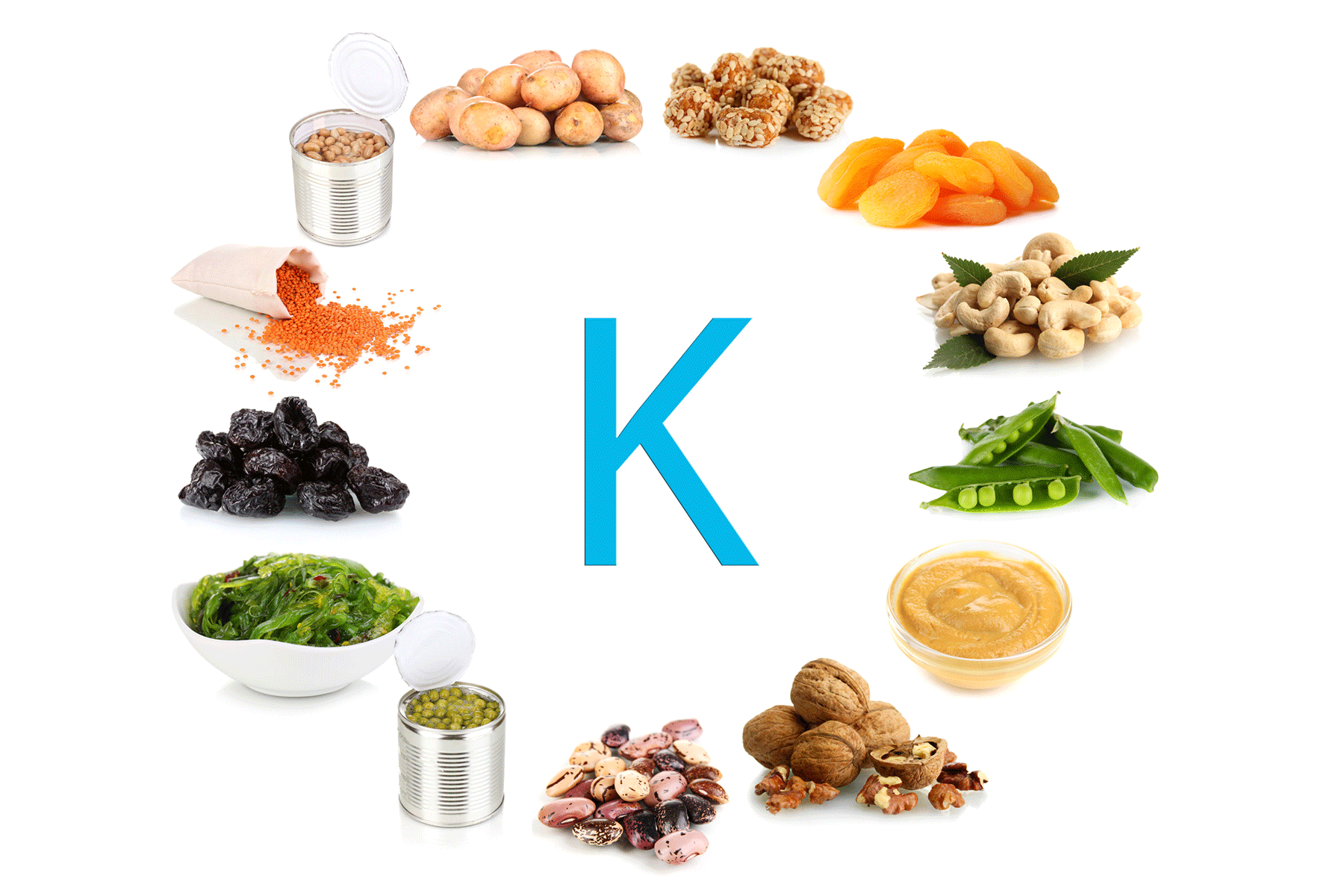Foodborne illnesses pose a major public health threat, impacting millions of people annually. These illnesses occur when food or drinks become contaminated with harmful pathogens, usually due to improper handling or preparation. Vulnerable populations, such as the elderly and those with weakened immune systems, face a higher risk of severe health issues. By enforcing proper hygiene practices and preventive measures, we can greatly reduce the risks posed by foodborne pathogens.
How Foodborne Illnesses Occur
Foodborne illnesses occur when pathogens contaminate food or beverages. Pathogens can enter food during production, transportation, or preparation. Improper handling, such as cross-contamination or inadequate cooking, increases the risk of infection. People with weakened immune systems or those who are very young or elderly may experience more severe symptoms from these infections. Preventing these illnesses requires strict hygiene, proper handling, and regular pathogen testing throughout the food supply chain.
Common Foodborne Pathogens
Knowing the common foodborne pathogens and how to control them is critical for food handlers and producers.
- E. coli (Escherichia coli): Found in the intestines of warm-blooded animals, E. coli is usually harmless, but some strains, like Shiga toxin-producing E. coli (STEC), can cause severe illnesses. STEC infections often result from consuming undercooked ground meat, raw milk, or contaminated produce. Though most E. coli infections are mild, they can lead to serious complications like hemolytic uremic syndrome (HUS), especially in children and the elderly. Since STEC is heat-sensitive, thorough cooking and maintaining food hygiene are essential to prevent illness.
- Norovirus: The most common cause of foodborne illness. It spreads through contaminated food, water, or surfaces and causes symptoms like vomiting, diarrhoea, and stomach cramps. Norovirus is highly contagious, and proper handwashing, sanitizing surfaces, and excluding symptomatic employees from food handling are key to preventing outbreaks.
- Staphylococcus aureus: This bacterium is commonly found on human skin and in nasal passages. It can contaminate food through improper handling and produce heat-resistant toxins. Since the toxins are not destroyed by cooking, good hygiene practices, such as regular handwashing and minimizing direct food contact, are necessary to reduce the risk of contamination.
- Hepatitis A: A liver infection caused by the hepatitis A virus. It spreads through contaminated food, water, or contact with an infected person. Hepatitis A can cause fever, fatigue, and jaundice. Though mild cases usually resolve without treatment, good hygiene practices—like handwashing—and vaccination can prevent the virus from spreading.
Pathogens in Food Production
Pathogens can enter food during production, processing, and distribution. Contaminated water, soil, or animal products are common sources of infection.
- Salmonella: Salmonella is one of the most frequently detected foodborne pathogens, causing millions of infections worldwide each year. It primarily spreads through undercooked poultry, meat, eggs, and unpasteurized milk. To prevent Salmonella, it’s important to ensure that food is cooked to safe temperatures and to avoid cross-contamination by separating raw meat from other foods. Restricting antibiotic use in animals also plays a significant role in reducing Salmonella outbreaks.
- Listeria Monocytogenes: Listeria is less common but much more dangerous due to its high mortality rate. It often contaminates dairy products, vegetables, and ready-to-eat meats. People with compromised immune systems, pregnant women, and the elderly are particularly vulnerable to listeriosis. To prevent Listeria, keep food refrigerated at or below 40°F (4°C), thoroughly cook foods, and practice safe food handling to avoid contamination.
Effective Strategies to Prevent Foodborne Pathogens
Foodborne illnesses can be prevented by following strict food safety practices. Comprehensive pathogen testing helps identify contamination sources early, enabling producers to implement preventive measures. By adhering to Good Manufacturing Practices (GMPs), food producers can maintain safe production environments, reduce contamination risks, and protect consumers.

Key Practices for Food Safety
- Wash Hands: Wash hands thoroughly with soap and water for at least 20 seconds before preparing food, after using the bathroom, or after touching raw meat or eggs.
- Clean Surfaces: Use hot, soapy water to clean surfaces that come into contact with raw meat, poultry, fish, or eggs. This reduces the risk of cross-contamination.
- Separate Raw and Cooked Foods: Keep raw meat and poultry separate from ready-to-eat foods to avoid cross-contamination. Use separate cutting boards and utensils for raw and cooked foods.
- Cook to Safe Temperatures: Ensure food reaches the appropriate internal temperature to kill harmful pathogens. Use a food thermometer to check the temperature.
- Chill Perishable Foods: Store perishable foods at temperatures below 40°F (4°C). Refrigerate leftovers within two hours to prevent bacterial growth.
- Sanitize Utensils and Dishes: After preparing each food item, wash utensils, cutting boards, and countertops with hot, soapy water. Sanitize dish sponges by soaking them in a chlorine bleach solution or microwaving them.
- Avoid Contaminated Foods: Don’t consume food that has been stored improperly or is past its expiration date. Also, avoid meat, poultry, or fish that have been uncooked in the refrigerator for more than 1-2 days.
Conclusion
By following these practices, we can significantly reduce the risk of foodborne illnesses. Food producers and handlers must commit to good manufacturing practices, pathogen testing, and safe food handling to protect consumers. Food safety starts with understanding the risks and taking steps to prevent contamination at every stage of food production and preparation. Together, we can ensure a safer food environment and protect public health from foodborne illnesses.
 Food Manifest
Food Manifest 
















